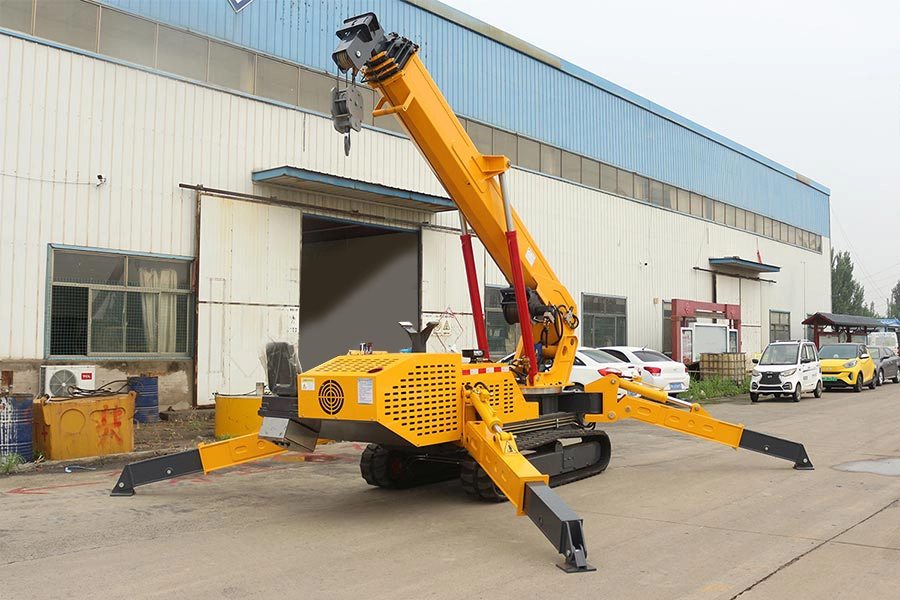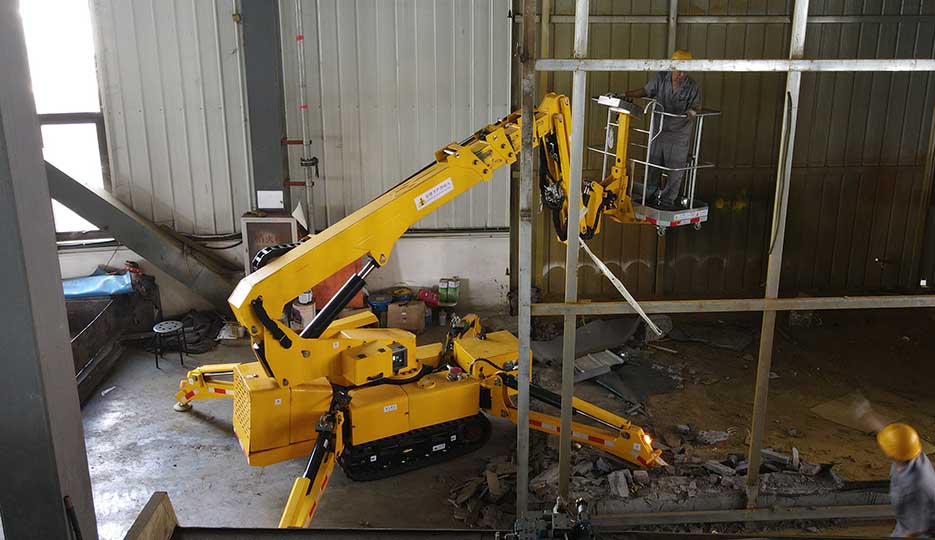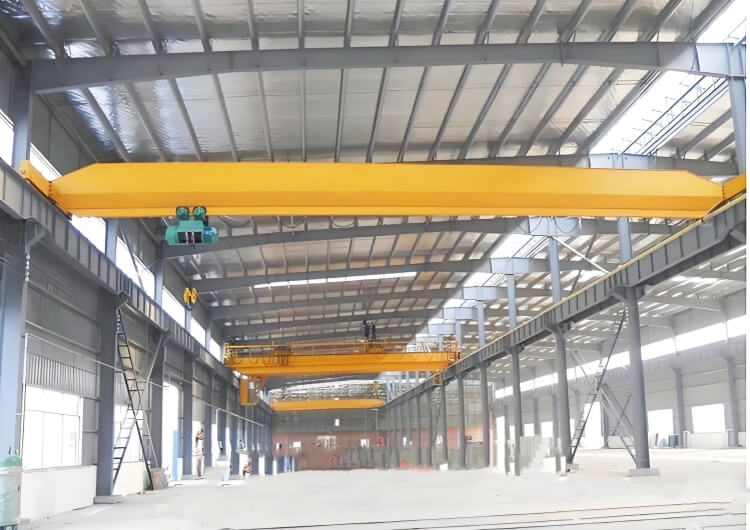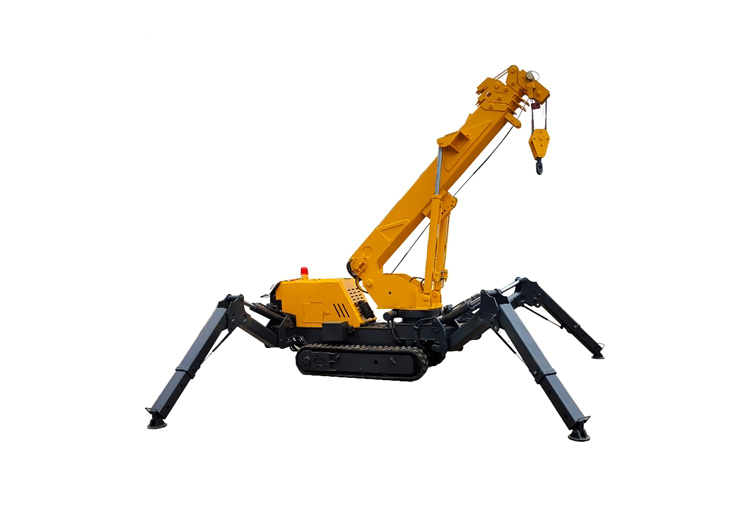How to Adjust the Lifting Speed of a 5 Ton Spider Crane
Spider cranes (also called compact mobile cranes) are essential for lifting heavy loads in confined spaces. For a 5 ton spider crane, proper adjustment of the lifting speed ensures both operational efficiency and safety. Below is a comprehensive guide to adjusting the lifting speed, optimized for performance and compliance with industry standards.

1. Basic Methods for Speed Adjustment
A. Hydraulic System Flow Control
The lifting speed of a spider crane is primarily controlled by its hydraulic system. Here’s how to adjust it:
- Modify Pump/Motor Speed: Increase or decrease the hydraulic oil flow by adjusting the motor RPM or the displacement setting of the hydraulic pump. This directly impacts lifting speed.
- Electro-Hydraulic Proportional Valves: For modern cranes, use the control panel to adjust the valve’s current signal, which regulates oil flow to the lifting cylinder.
B. Controller Settings
- Digital Control Systems: Access the crane’s control interface (e.g., touchscreen or joystick) to select preset speed modes (e.g., “Low,” “Medium,” or “High”).
- Manual Multi-Valve Operation: On older models, manually adjust the spool opening of the directional control valve to fine-tune oil flow.
C. Hydraulic System Power
- 3 Ton: Uses a compact hydraulic pump and smaller motors, prioritizing maneuverability over raw power.
- 5 Ton: Requires a high pressure hydraulic system and larger motors to manage heavier loads, which may increase energy consumption.
2. Advanced Optimization Techniques
A. Hydraulic Circuit Optimization
- Shorten Hose Lengths: Reduce hydraulic resistance by minimizing the distance between the pump and the lifting cylinder.
- Upgrade Hose Diameter: Wider hoses (e.g., from 12mm to 16mm) can improve flow rates for faster lifting.
B. Load Sensitive Adjustments
Most 5-ton spider cranes feature automatic load-sensing systems that adjust speed based on weight:
- Light Loads (1–3 tons): Switch to “High Speed” mode for faster operations.
- Heavy Loads (3–5 tons): Use “Low Speed” mode to ensure stability and prevent hydraulic overload.
3. Safety Precautions
- Stabilize the Crane: Always deploy all four outriggers and ensure the crane is level before adjusting speed.
- Monitor Hydraulic Temperature: High oil temperatures (>65°C/149°F) can reduce viscosity and affect speed control. Install a cooling system if needed.
- Test After Adjustment: Use a tachometer to verify the lifting speed matches the target value (tolerance: ±5%).

4. Troubleshooting Common Issues
- Inconsistent Speed: Check for air bubbles in the hydraulic oil or worn pump seals.
- Overheating: Clean or replace clogged filters and ensure proper oil grade (e.g., ISO VG 46).
- Slow Response: Inspect solenoid valves or proportional cartridges for malfunctions.
Conclusion
Adjusting the lifting speed of a 5-ton spider crane requires a balance of hydraulic expertise and safety awareness. By optimizing flow rates, upgrading components, and adhering to load guidelines, operators can achieve precise speed control while extending the crane’s lifespan. For brand-specific adjustments (e.g., Maeda, Grove, or XCMG), always refer to the manufacturer’s manual or consult a certified technician.
Pro Tip:Regular maintenance of the hydraulic system and controller calibration are key to maintaining consistent lifting performance.
All News
Recent Posts
2025/1/25
2025/2/7
2024/8/1
Contact Us Now
Have questions about our cranes or need help?
Reach out to our friendly team for expert support and guidance.
We are here to help you power your journey towards a greener future !
Address: Crane Industry Park, Xinxiang City Henan Provice



